The Royal Navy has achieved a successful guided firing of the Sea Venom missile from its Wildcat HMA Mk2 helicopters.
This trial, conducted at the Aberporth range in Wales, represents a significant enhancement in the Wildcat’s combat capabilities, allowing it to engage larger enemy vessels such as corvettes for the first time.
Prior to this, the helicopters could only target smaller ships with lightweight Martlet missiles and address underwater threats using Sting Ray torpedoes. The new Sea Venom missile is designed to overcome heavieships, boasting a 30kg warhead and a range of up to 20 km.
Lieutenant Commander Robin Kenchington, from the Royal Navy’s 744 Naval Air Squadron, highlighted the successful trial, stating, “It was fantastic to see a full end-to-end demonstration of the missile. Every aspect of the firing worked well – from the ease-of-use in-cockpit for crews, through the performance of the missile in flight, right up to the accuracy on the target.”
The missile’s advanced features include a variety of flight profiles, such as sea-skimming, and capabilities like inflight re-targeting and aim point adjustment, which enhance its effectiveness during combat.
The Sea Venom, developed in collaboration with industry partners including Leonardo UK, MBDA, and QinetiQ, replaces the older Sea Skua missile, retired in 2017. This new missile adds substantial firepower to the Royal Navy’s Wildcats, enabling them to operate at greater distances from enemy defences while maintaining precision.
The target vessel for the trial, a specially constructed barge with multiple heating elements to simulate realistic conditions, demonstrated the missile’s accuracy against more substantial targets,s ay the Royal Navy.
Pete Fawcett, Senior Responsible Owner of the Future Air-to-Surface Guided Weapon, praised the collaboration, saying, “This first guided firing is a significant step forward for the integration of Sea Venom onto the Royal Navy’s Wildcat helicopters. The success of the trial was the result of an outstanding team effort across Leonardo UK, MBDA, QinetiQ, and the Ministry of Defence.”
The integration of Sea Venom enhances the Royal Navy’s ability to provide protection for key assets like the Queen Elizabeth-class aircraft carriers. Commodore Nick Sargent, DE&S’ Head of Helicopters, described the firings as a “vital step forward,” adding that the new capability ensures the Royal Navy’s Wildcat helicopters remain at the forefront of modern warfare.


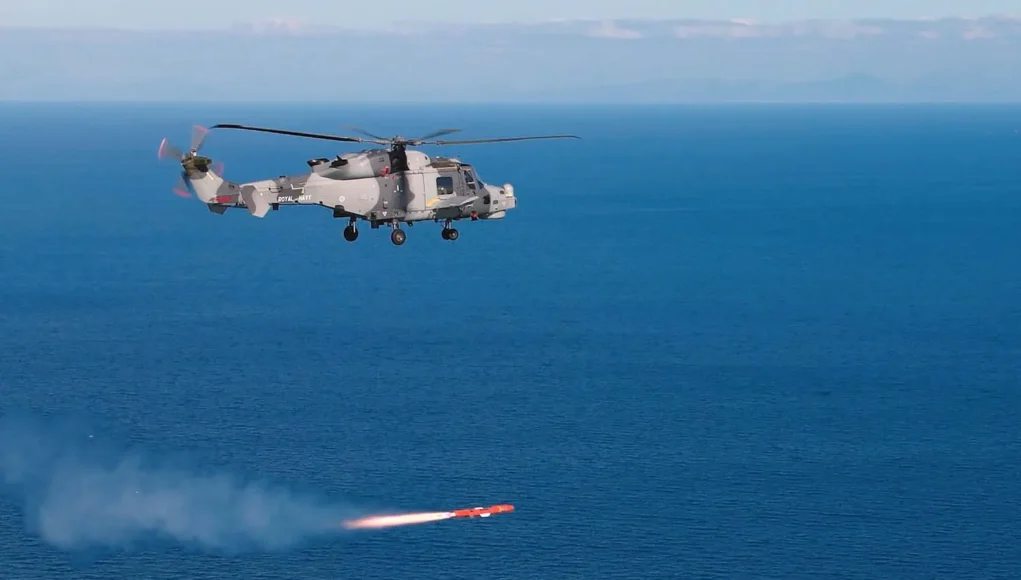
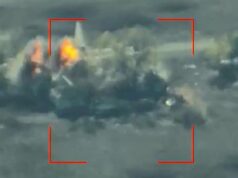
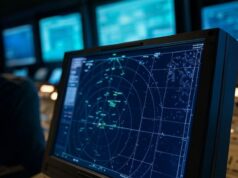
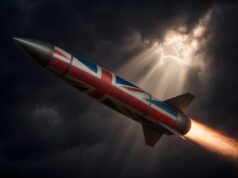
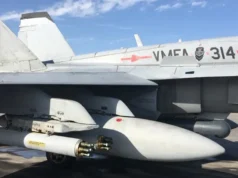

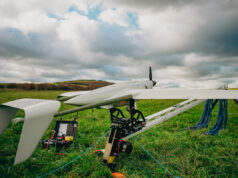
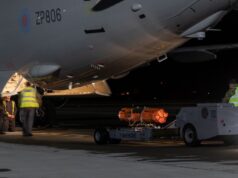
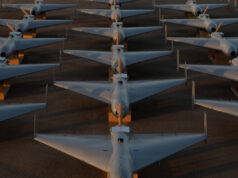
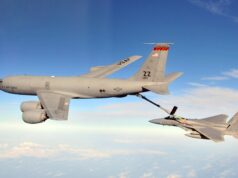
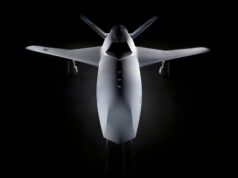

That’s a core capability that’s really needed, people tend to forget that sea skua launched from RN small ship flights have sunk or mission killed more surface vessels than any other anti ship missile.
We both know we need another. A jet launched ASM.
That is a priority.
Indeed, as a simple quick and cheap solution that’s already had a lot of integration work done Marte ER is a no brainier.
USMC is working hard to get LRASM under the wings of their F-35B. Has anyone in Whitehall noticed?
Almost qualifies as a transformative capability. Wildcat with Sea Venom ( and Martlet) could in theory be deployed from any RN vessel.
Wildcats with Sea Venom and Martlet could give the OPVs a meaningful ability to engage small ships and fast attack craft, as well as some land targets. It would have to be used very carefully however, as the OPVs lack any air defence.
Fair point. A tripod Martlet/ StarStreak launcher would be useful additions to the 30mm and .50cals for drones and helos.
As far as I can tell, the radars on the OPVs can’t provide any sort of fire control and are purely for navigation and ATC, fitting a new radar and CAMM is probably impossible, if not cost prohibitive.
There were tests to fit a 5 round martlet launcher onto the 30mm, but this seemingly never went anywhere. The best option is probably to fit a version of the Thales RapidRanger system, it’s a 4 round Starstreak/Martlet launcher that is small enough to fit on the roof of a car and contains its own search and track system, I see no reason why they couldn’t rework it to hold more missiles and mount it on a ship.
They could also fit the missile system from the stormer HVM, but that system is probably dated and long out of production.
https://www.thalesgroup.com/en/markets/defence-and-security/air-forces/advance-air-defence/rapidranger
something like this then? 🙂 https://youtu.be/hTHDsE6S8tQ?si=QmhxlLJqkApj37w5
Another example of good cooperation between France and UK.
Yeah, complex weapons has been a real success story in this regard. Long may it continue!
Maybe a bit of a silly question but can this missile have a dual role and be fired from the Army Wildcats and even Apaches in an air to surface role?
Afraid the Army Wildcat is pretty toothless and does not have the FASGW weapons wing capability. Only the HMA do.
Martlet would be a great capability for Army Wildcats.
No reason why not, I guess.
The main reason why not would probably be warhead- what land target would require a 30 kg semi-armour piercing warhead to kill it? Only thing I can think of would be a non-hardened bunker/ command post or maybe an ammo dump.
But I’d probably rather they integrated Brimstone first, giving better range and a more size-suitable warhead.
The other question I am asking is: Why does the British Army retain Wildcat at all. As far as I understand it, they can’t fire any rockets or missiles at all and are generally used as a small taxi (too small for a full section of troops, so really either for command or SF) or scout for Apache- except they don’t have a data link to pass on targetting information (or didn’t last time I checked). They either need to arm them, or pass them over to the RN and get more medium lift and surveillance drones to take up the roles instead.
The sooner we order the Leonardo AW149, the better. If there hadn’t been so much foot dragging, we could have manufactured and sold examples to foreign militaries as well as equip our own with an excellent helicopter.
While the AW149 is my preferred choice too, as long as we get a decent medium lift order with a decent number of airframes I’ll be happy.
What concerns me right now is that both the other bidders withdrew, and I’m not sure why. If the requirements in the competition are unreasonable, or unrealistic, then I really think that should be dealt with now- because resolving it once the contract is live will become a costly, time consuming nightmare…
Any ideas on the price of the weapon? I wonder if it can have other uses, surface launch for land use etc.
Better late than never. But FOC won’t be achieved until 2026, a capability gap of nearly 10 years since Sea Skua was retired. Integration has been astonishingly slow.
However, from the glass-half-full perspective, BZ to all parties involved in the successful completion of the first guided firing trial of Sea Venom from a Wildcat helicopter. 👍😊 FOC by 2026 may indeed become reality. 🤞
“specially constructed barge with multiple heating elements” – would that be for simulating an IR signature for the weapon’s sensors?
20km only seems inadequate.
Can be fired from over the horizon. As long as the enemy didn’t have air superiority this would be a serious threat to any ship.
Only 16 years since project started, 15 years since MBDA were selected, 10 years since UK govt committed to development, 7years since the first test launch and 7 years since Sea Skua was withdrawn.
I thought this had already taken place, Christ, what’s the holdup.
Long overdue progress. Pity they can’t carry NSM.
British paper tigers 😂 It’s crazy how they want to act as a power, but are literally powerless.